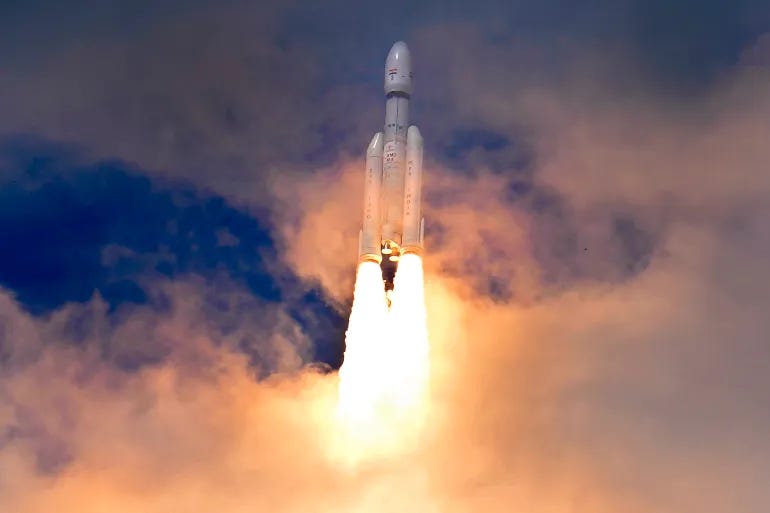India Makes Historic Breakthrough with Successful Satellite Docking, Advancing Space Ambitions
New Delhi, India – India has achieved a major milestone in space exploration, successfully docking one satellite onto another in a pioneering feat that elevates the country to the ranks of space super
This groundbreaking event, part of the Space Docking Experiment (SpaDeX), saw two satellites, Chaser and Target, separated and then reunited in orbit 470 kilometers above Earth. The maneuver, which took place in zero gravity, is essential for advancing the coordination of multiple satellites working together in space, allowing them to share resources and collaborate on tasks.
Launched from the Satish Dhawan Space Centre in Andhra Pradesh on December 30, SpaDeX demonstrated India’s growing capabilities in space exploration. Despite the mission being executed on a modest budget, the technology tested in this operation is crucial for future missions, such as constructing space stations and conducting crewed space flights.
Docking Paves the Way for Future Ambitious Missions
The docking's significance lies in its potential for India’s space program, with experts citing it as a pivotal step toward future space endeavors. Minister of Science and Technology, Jitendra Singh, emphasized that mastering docking technology is essential for India’s ambitious plans, including sending humans to the Moon by 2040, building the country’s first space station, and sending a spacecraft to Venus.
Astrophysicist Somak Raychaudhury, Vice Chancellor at Ashoka University, explained that docking technology will be vital for complex operations like refueling satellites in orbit and assembling large structures in space. India’s future lunar missions, particularly Chandrayaan-4, will require docking for components to reunite in space before landing on the Moon to collect lunar samples.
Additionally, SpaDeX incorporated over two dozen experiments conducted by private entities, including startups and academic institutions. This collaborative approach aims to reduce barriers to entry for new players in the space sector and further propel India’s space industry.
India’s Space Innovation Amid Budget Constraints
While ISRO’s growing capabilities are celebrated globally, the agency has managed to achieve its success with minimal budgets. Compared to NASA’s Mars mission, which cost $582 million, or Russia’s moon mission that cost $133 million, ISRO's Mars orbiter and Chandrayaan-3 missions were completed for just $74 million and $75 million, respectively. This cost efficiency has raised questions about the trade-off between innovation and frugality.
Mylswamy Annadurai, a former ISRO director and key figure behind India’s first lunar mission, highlighted the ingenuity required to achieve such success within tight financial constraints. He shared how early ISRO missions were designed to be cost-effective, focusing on simple yet effective solutions. Annadurai emphasized that ISRO’s "jugaad" approach—solving problems with limited resources—has been a distinguishing feature of its missions.
However, experts like Raychaudhury argue that ISRO should be recognized not just for its frugality but for its innovative approaches that have contributed to the country's space triumphs. As India moves forward in space exploration, the focus on "innovation" rather than "cost-saving" should be the core of its identity, positioning ISRO as a global leader in space technology.
India’s Space Ecosystem: A Collaborative Future
The SpaDeX mission is a prime example of India’s evolving space ecosystem, where the government, private sector, and academic institutions work together to push the boundaries of space exploration. The private space sector, despite challenges, continues to see growth, with ISRO offering opportunities for startups to contribute to national space missions.
As ISRO continues to break new ground with cost-effective yet highly innovative missions, India’s space program is poised to play a pivotal role in the future of global space exploration.
4o mini


